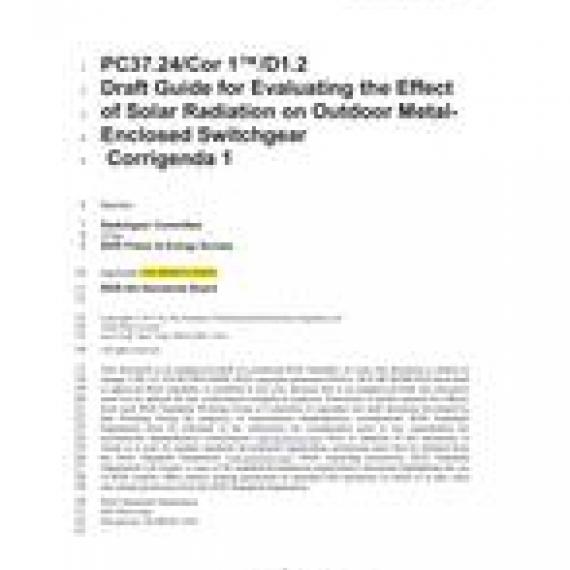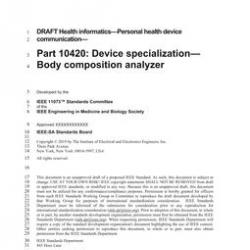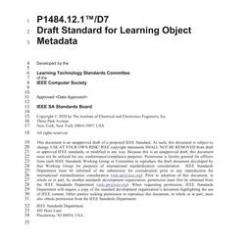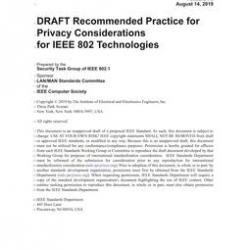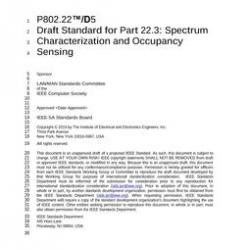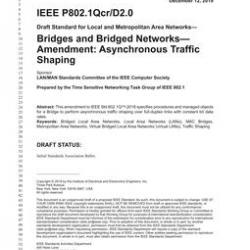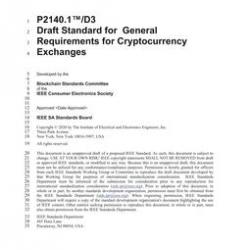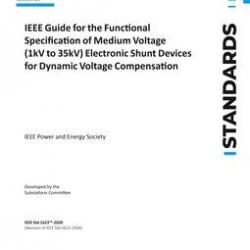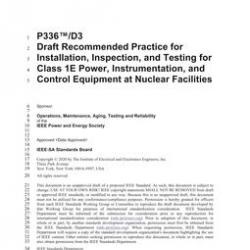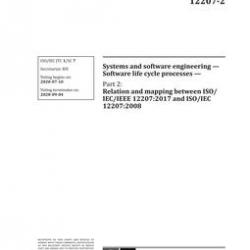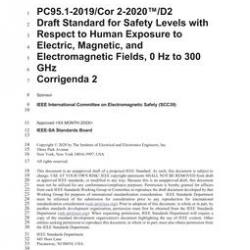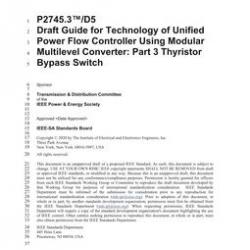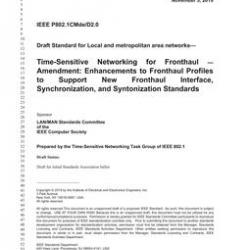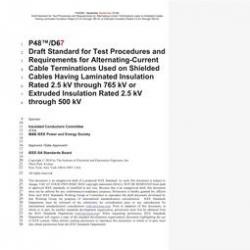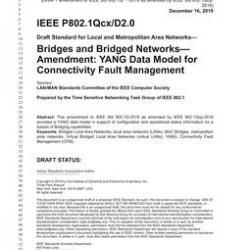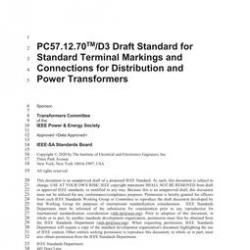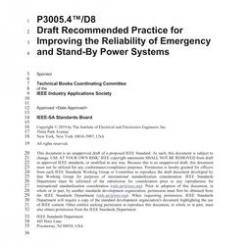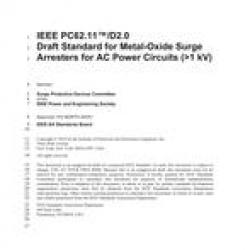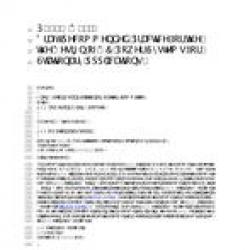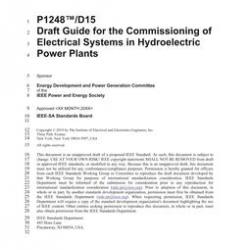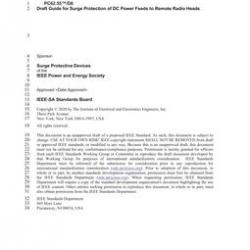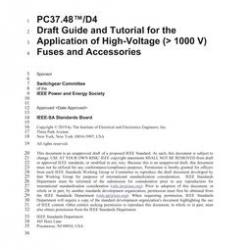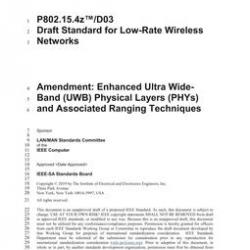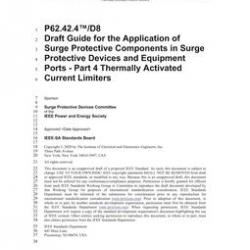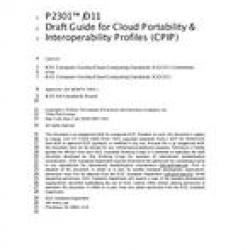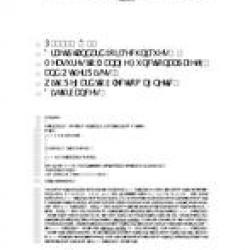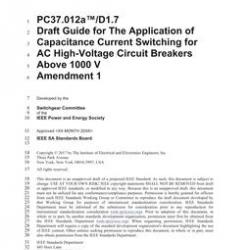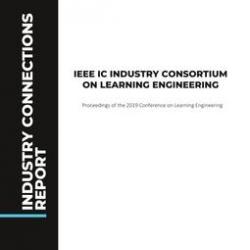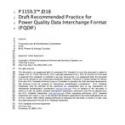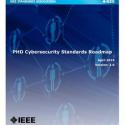Full Description
Scope
In section A.3 in document page 20, change the last bullet point on the page from ""avg tmp (¿¿F)" is the 30-year average maximum" to "max tmp (¿¿F)" is the 30-year average maximum"
Purpose
Switchgear will perform satisfactorily and have a reasonable life expectancy when operated within the temperature limits established; for example, in the following standards: IEEE Std C37.20.1(TM)2, 3, 4; IEEE Std C37.20.2(TM); IEEE Std C37.20.3(TM); IEEE PC37.20.9(TM)/D3; IEEE Std C37.21(TM); IEEE Std C37.23(TM); IEEE Std C37.74(TM); IEEE Std C37.100.1(TM). These standards specify the temperature rise limits above a standard (maximum) ambient temperature of 40 ¿¿C. This is satisfactory for indoor applications where the temperature rise is due entirely to heat release (internal losses). In outdoor applications, the limiting temperatures result from the net effect of internal losses and external influences, principally the sun, wind and local ambient temperatures. All of these must be considered in determining the current-carrying capability of outdoor metal-enclosed switchgear. The magnitude of these factors will vary geographically and from season to season. The time relationship of maximum circuit loads with respect to maximum ambient temperature is important. It is not practical to design switchgear on the basis that all adverse factors reach their maxima coincident with maximum loads. If this does not occur, full current ratings may be realized. Recommendations are made to point out the cumulative effect of these various influences.
Abstract
Corrigendum Standard - Active.This corrigendum corrects an error where the user of this document was directed to gathere the wrong column information from the NOAA website for use in calculations. The document erroneously directs the user to read from the monthly normal average temperature values from the website rather than the monthly normal maximum temperature values.

